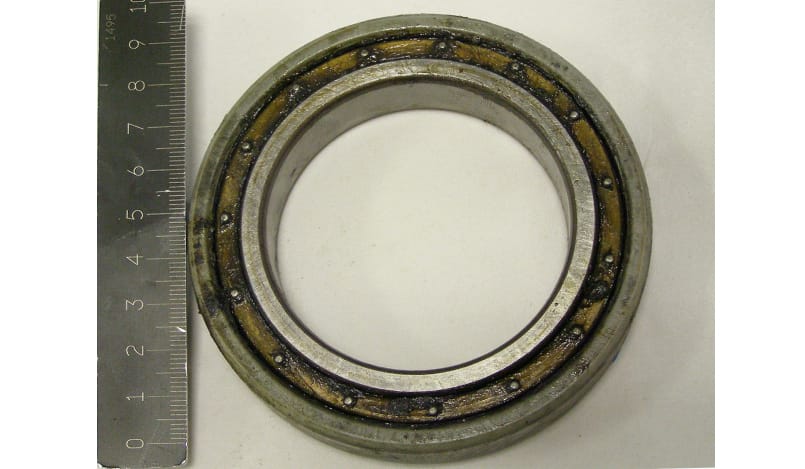Bearing failure on an electric railway motor
Establishing what causes a bearing failure on an electric railway motor to prevent recurrences.
It is concluded that the bearing failed due to the presence of an electric current.

Bearings are components commonly used on mechanical systems. Their main purpose is to transmit rotational movement whilst exposed to different kinds of mechanical stresses.
Due to how they operate, friction and wear phenomena are key aspects with regard to performance, although other operating conditions (corrosive environments, electric arcs, lubrication failures, etc.) can also affect functionality significantly.
In this particular instance, Tekniker has analysed a rigid ball bearing fitted on an electric railway motor.
After analysing the surface condition of the bearing’s rings and rolling elements by means of various optical and metallographic techniques, Tekniker has determined that the presence of recast material is related to a failure produced by an electric current flowing through the bearing.
A number of potential solutions have been proposed based on improving electric insulation and finding alternative pathways for the current.
